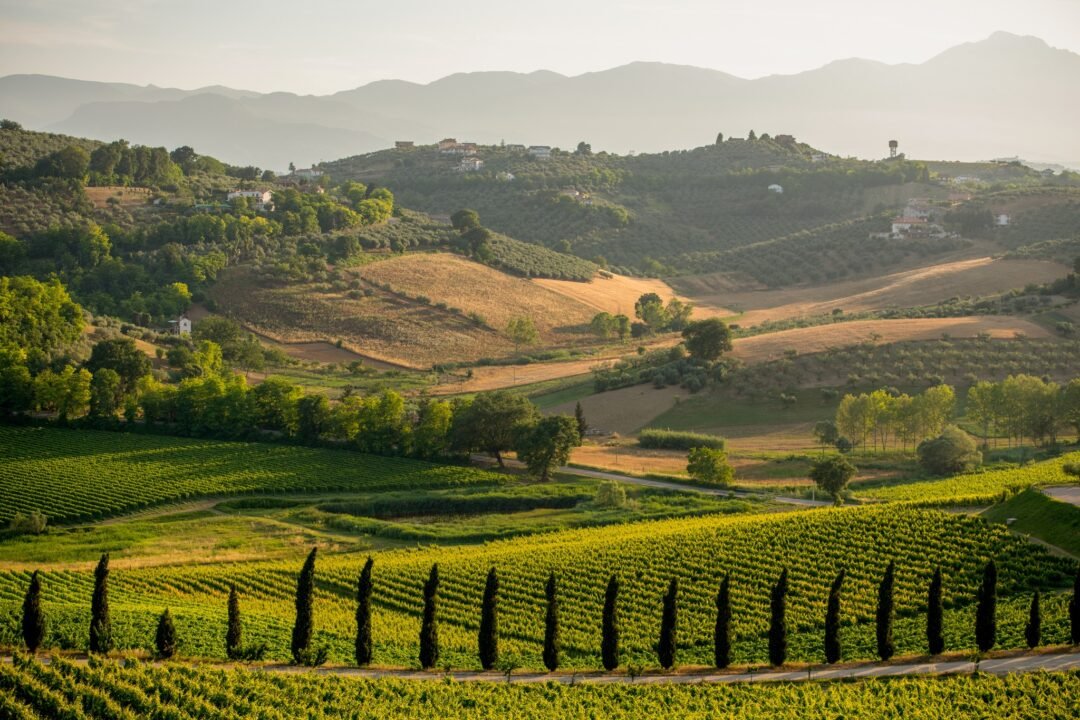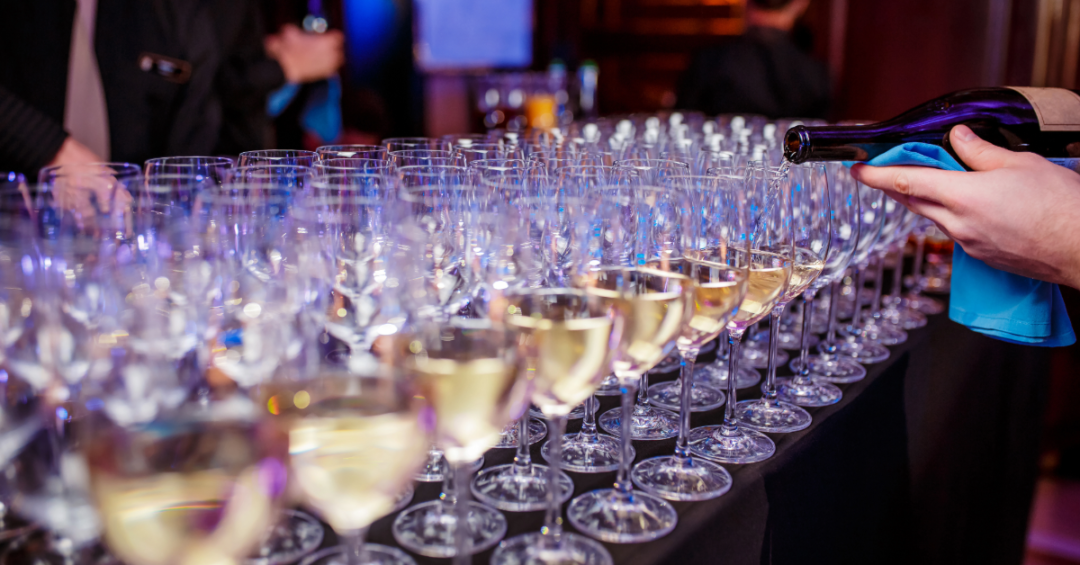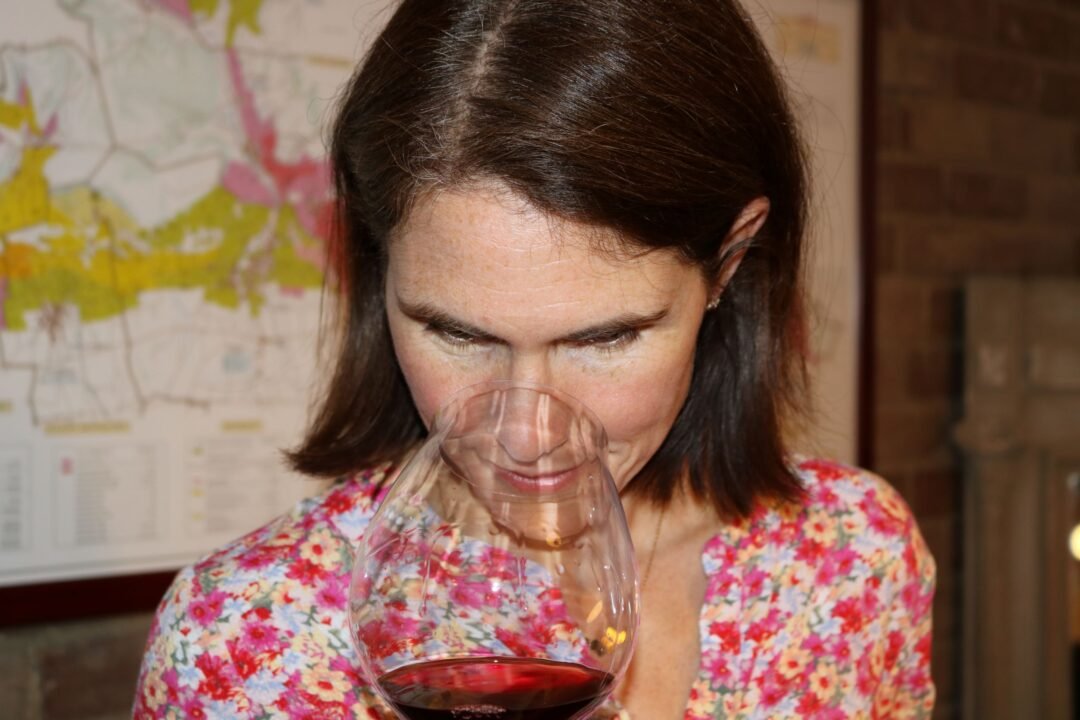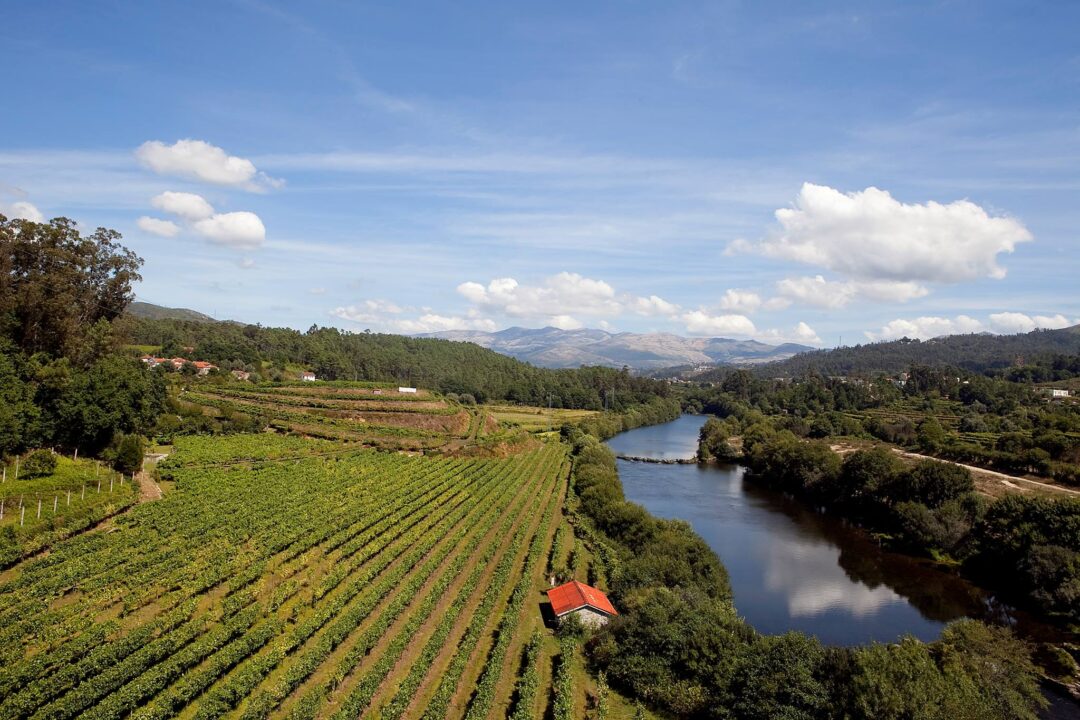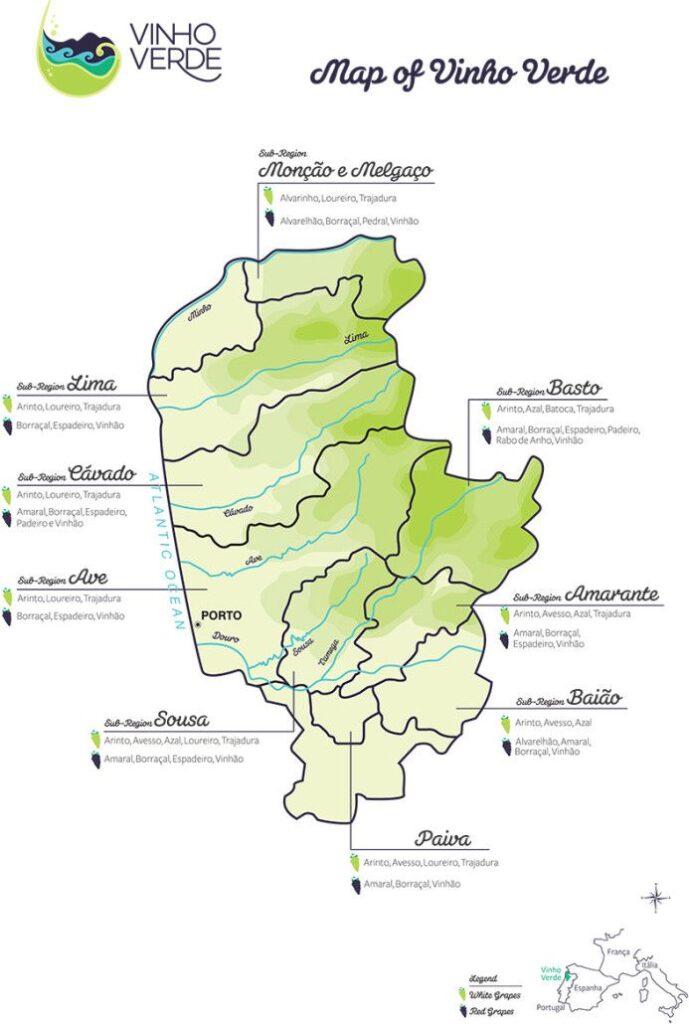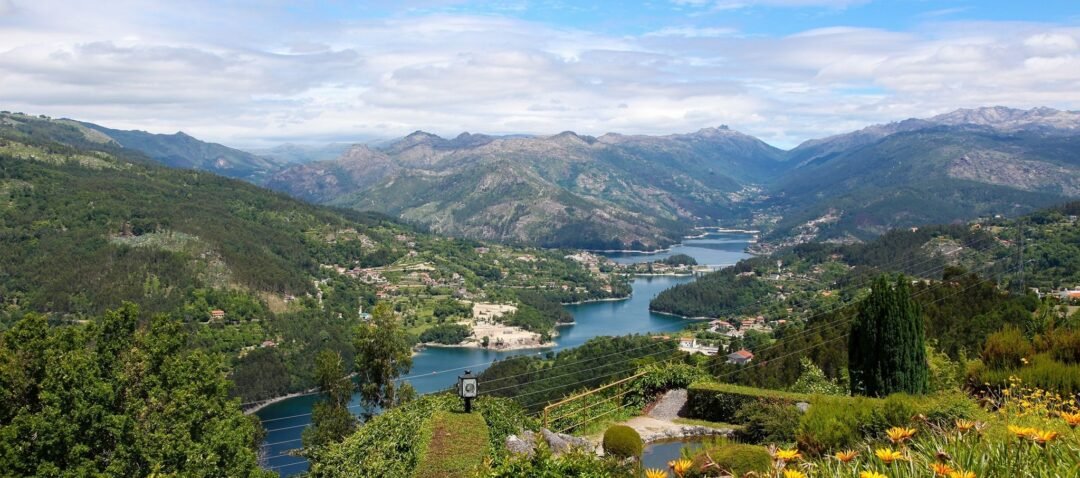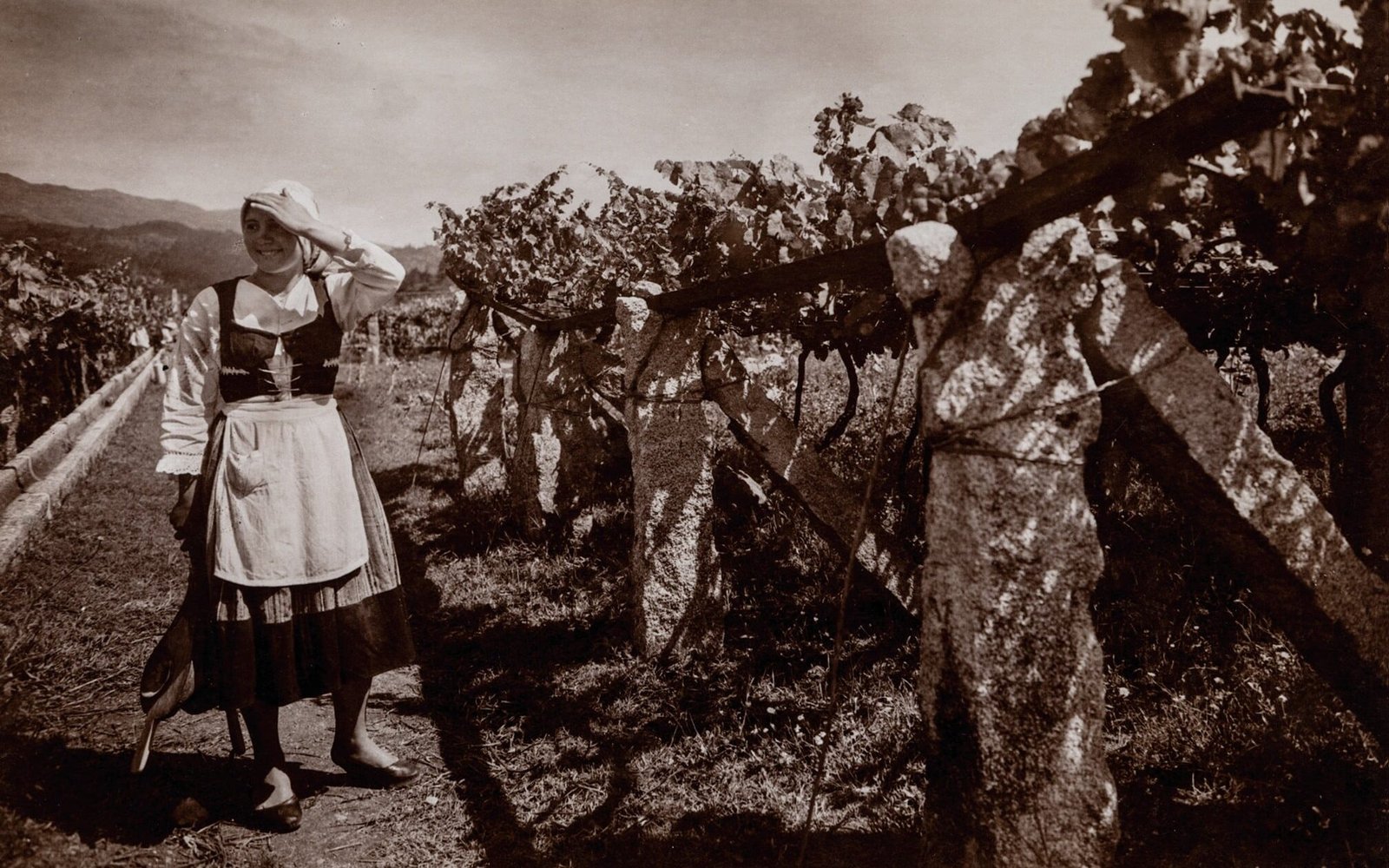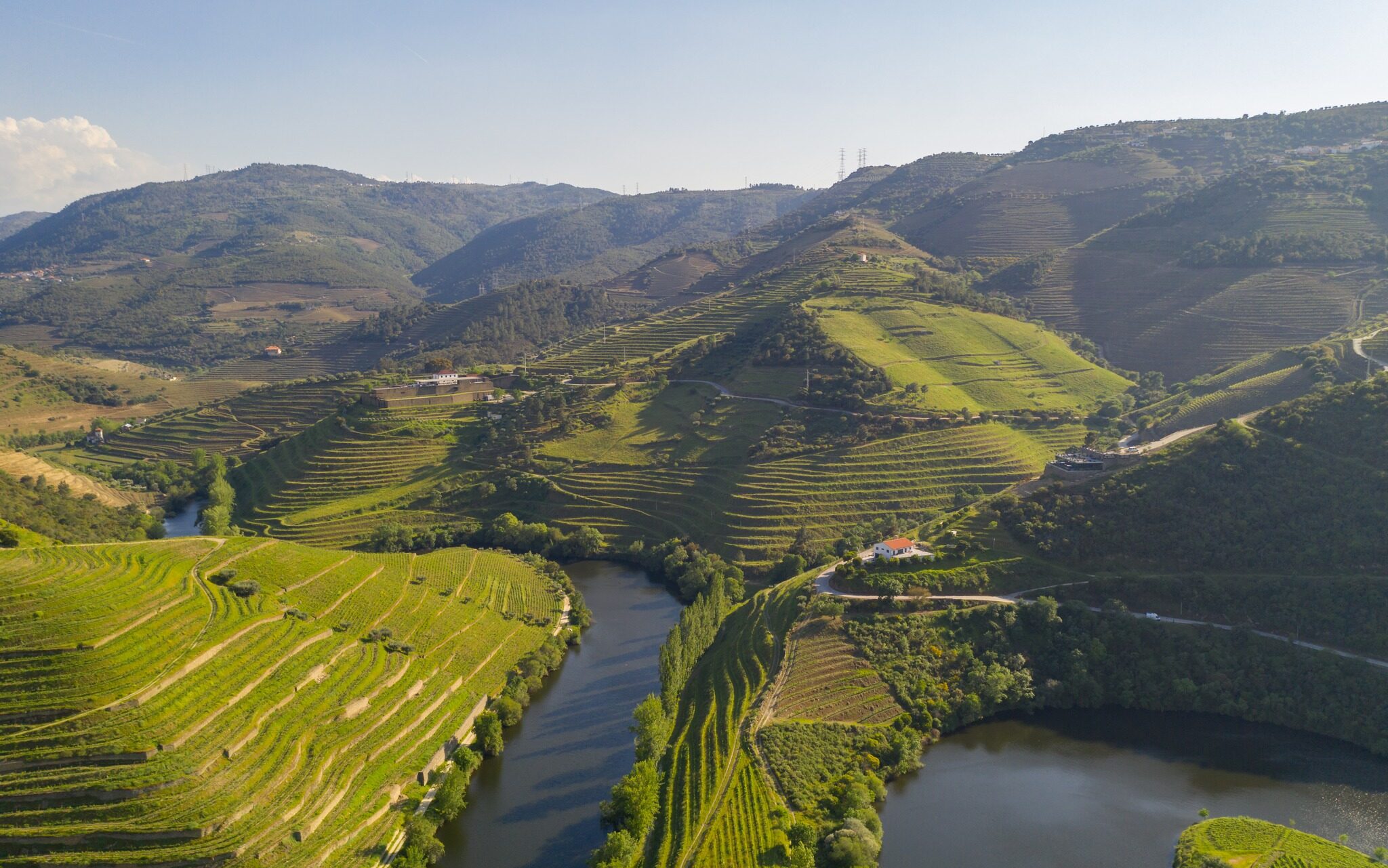Restaurant wine lists are often infuriatingly opaque, and – in my opinion – getting increasingly so over time. Too often they simply list a producer name, a wide, generic designation (Vin de France, anyone?), and a vintage. We are already losing a new generation of wine drinkers. These menus aren’t helping…
How would you react if you were handed a walked into a restaurant tomorrow and the menu read like this:
“Hare & leek, Smith Farm, Little Valley, 2024“
You would know that you were being offered a dish of rabbit and leeks. You would know the name of the farm they came from, and where that farm was located – though, this information would hold little relevance to most patrons. And, you would know that the food was fresh.
What you wouldn’t know is anything even vaguely useful in determining whether you would like this dish. What cooking techniques have been used? What seasonings will affect the flavours? How will the food be served?
It would be understandable if you felt a rising sense of irritation while waiting for the server to come over and enlighten you. After all, what is the point of being handed a menu if it doesn’t provide a means of choosing for oneself. Why bother?
Enter the wine list…
The Age-Old Love Affair between Restaurant and Wine
Countless articles, global statistics, and studies all show that wine consumption is in decline, especially among younger people. There are many reasons for this slump: perceived healthier living choices, cost concerns, attractive alternatives in craft beer, ciders, and cocktails, and so on.
To ensure a bright future for our proud, ancient tradition of winemaking, redoubled efforts are required to court new wine enthusiasts and keep those already cuckoo for Cabernet.
Restaurants are the ideal setting for such noble vinous pursuits. People are out enjoying a bit of a treat, trying dishes they wouldn’t cook at home. They are a ready and willing audience. Cue the gleaming stemware, the gentle pop of the cork, and the romantic terroir tales. A delicious wine, that pairs perfectly with the food, can make an evening out.
But how can diners find that special wine? Simple. They just need to either: a) have explicit knowledge of a vast number of regions, sub-regions, wine producers, vintages, and grape varieties, b) randomly choose, then pray that they won’t spend the evening vaguely annoyed to be spending $100 on a wine they dislike, or c) wait for a sommelier, if the restaurant has one, to come and bestow their wisdom.
Were Restaurant Wine Lists Always this Infuriating… or are they Getting Worse?
It is easy to shrug and say, “twas always thus, and always thus will be.” Restaurant wine lists are notorious for being intimidating and opaque. But in my opinion – somebody who spends their days living, breathing, (and drinking) wine – the problem is only getting worse.
I used to love studying restaurant wine lists. I could spend ages looking for bargains, seeking out regions I hadn’t tasted in a while, trying to spot older vintages that might be hitting their stride. Now, I spend that same amount of time desperately looking for a single recognizable feature that will help narrow down my options.
As I wrote in a frustrated rant on cryptic wine lists a couple of years ago:
“Ordering wine in a restaurant has become an experience fraught with potential disappointment. Not only are obscure sub-regions, or worse, vast generic appellations often given as the only indication of a wine’s origin, but even if the list offers greater detail, there is no guarantee that the wine in question will taste anything like what is (or once was) typical for said place”.
The wine-producing world is expanding, and it is up to me to expand my frame of references, sure. But if I feel this way as a wine professional, I can only imagine how daunting the restaurant wine list must be for the average wine drinker.
It is of little use for such customers to look for winery names they may be familiar with from wine shops or glossy magazines. Restaurants want to offer original choices; wines that aren’t seen on the high street. They also don’t want their patrons to compare prices.
I understand and applaud a sommelier’s desire to step away from the mainstream when crafting a restaurant wine list. Give people an experience. Broaden their horizons to include up-and-coming new wine producers, interesting wine regions, under-the-radar grapes…but do it in a way that rouses curiosity and gets people excited.
And, as a side note, offer some stylistic diversity! A whole list of high acid, lean, funky, savoury edged, bone dry wines is a bit dull no matter how many countries and producers they come from.
Describing Wines like Food
Food menus explain their dishes. They tell us that the rabbit was braised, and that it will be served in a rich gravy, with a side of poached leeks. These details allow us to imagine how the dish will taste. Why not convey the flavour profile of a wine in a similar way?
Riesling, Cave Spring, VQA Niagara Peninsula, 2021 (Canada): A light bodied, refreshing, lower alcohol (11%) white wine with vivid notes of citrus, apricot, and wet stone. Unoaked, with high, tangy acidity balanced by a subtle touch of fruity sweetness.
A description like this isn’t just a laundry list of aromas, as I have seen countless times. It gives the reader key information about the wine’s structure: that the wine is light, low in alcohol, high in acidity, unoaked, and subtly off dry. These are all elements that are essential to successful food pairing.
Of course, restaurant wine lists of this sort already exist. This is not a novel concept that I am proposing. However, their language is often overly obscure – more concerned with clever word play, or romanticizing terroir. Or they give way too much information. My example might lack a bit of poetry or wit, but at least it is clear.
Descriptive wine lists are also quite rare, perhaps because of the work involved. Presumably, though, a restaurant wine list author has tasted all their selections. Providing descriptions shouldn’t be all that difficult then – at least for a subset of by-the-glass offerings and by-the-bottle focus wines.
Why not just let sommeliers give these descriptions table-side? Because many restaurants don’t have a sommelier, or not one that works every night. And, because many people don’t want to interrupt their dinner conversation to have a lengthy chat about the wine selection. Also, some diners don’t feel comfortable bothering a busy sommelier for too long.
By giving restaurant patrons the ability to easily narrow down their options, the sommelier can then come along for a brief and pleasant chat, weighing in on the final wine choice and providing additional insights to ramp up their guests’ enthusiasm.
50 Ways to Liven up a Restaurant Wine List
Maybe descriptions aren’t the way to go for some restaurants. Perhaps all that is needed is a simple line of text that recommends the best food pairing for each wine. Or a brief, “drinks like…” comment to indicate other, similar wine styles.
There are so many ways to create a more exciting restaurant wine list. Just look at the entertaining and information-packed menus curated by Paul Grieco’s staff at the Terroir wine bars in New York. They may be a little more than a novice wine drinker can handle…but they definitely make you want to pull up a glass.


